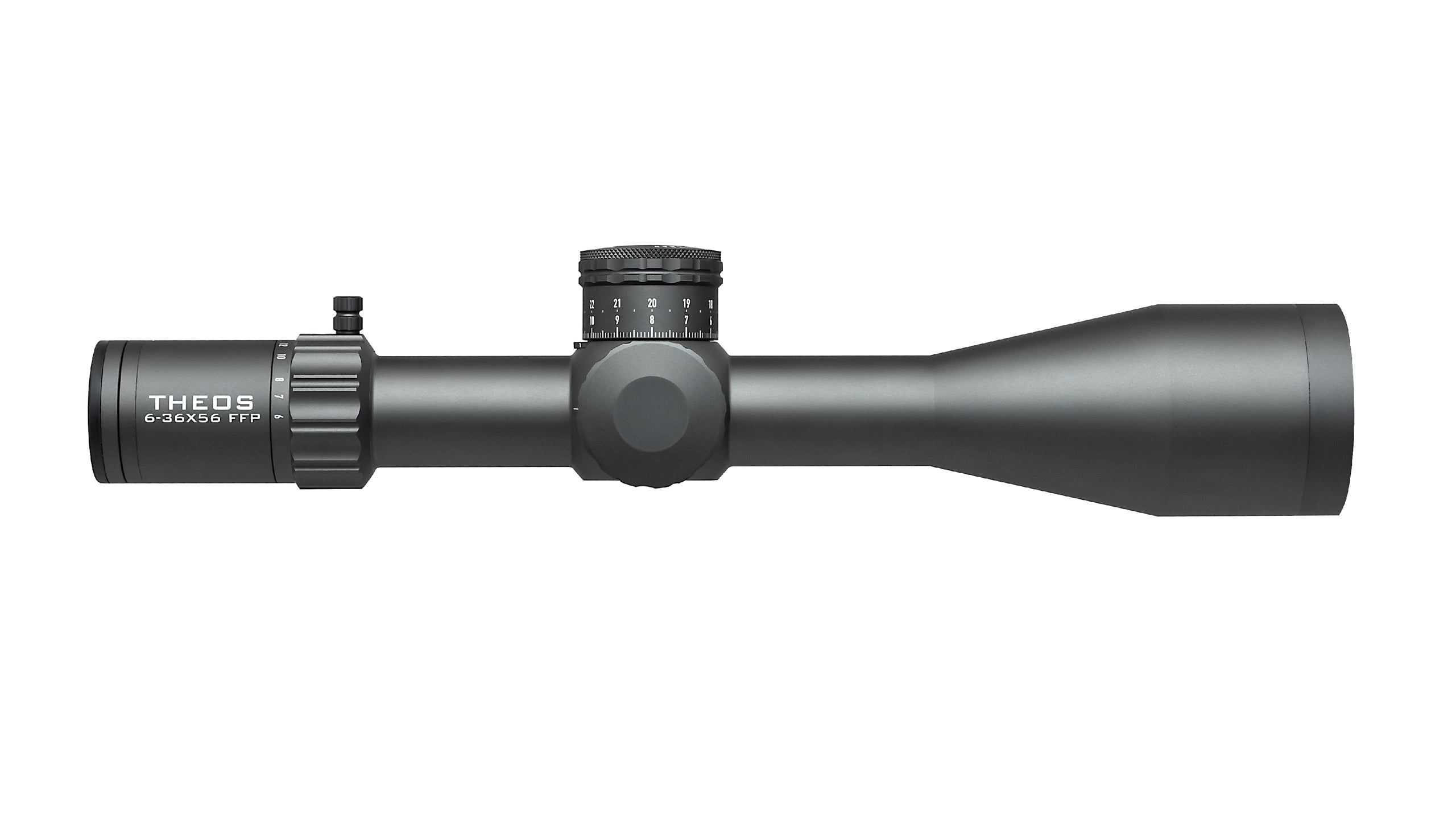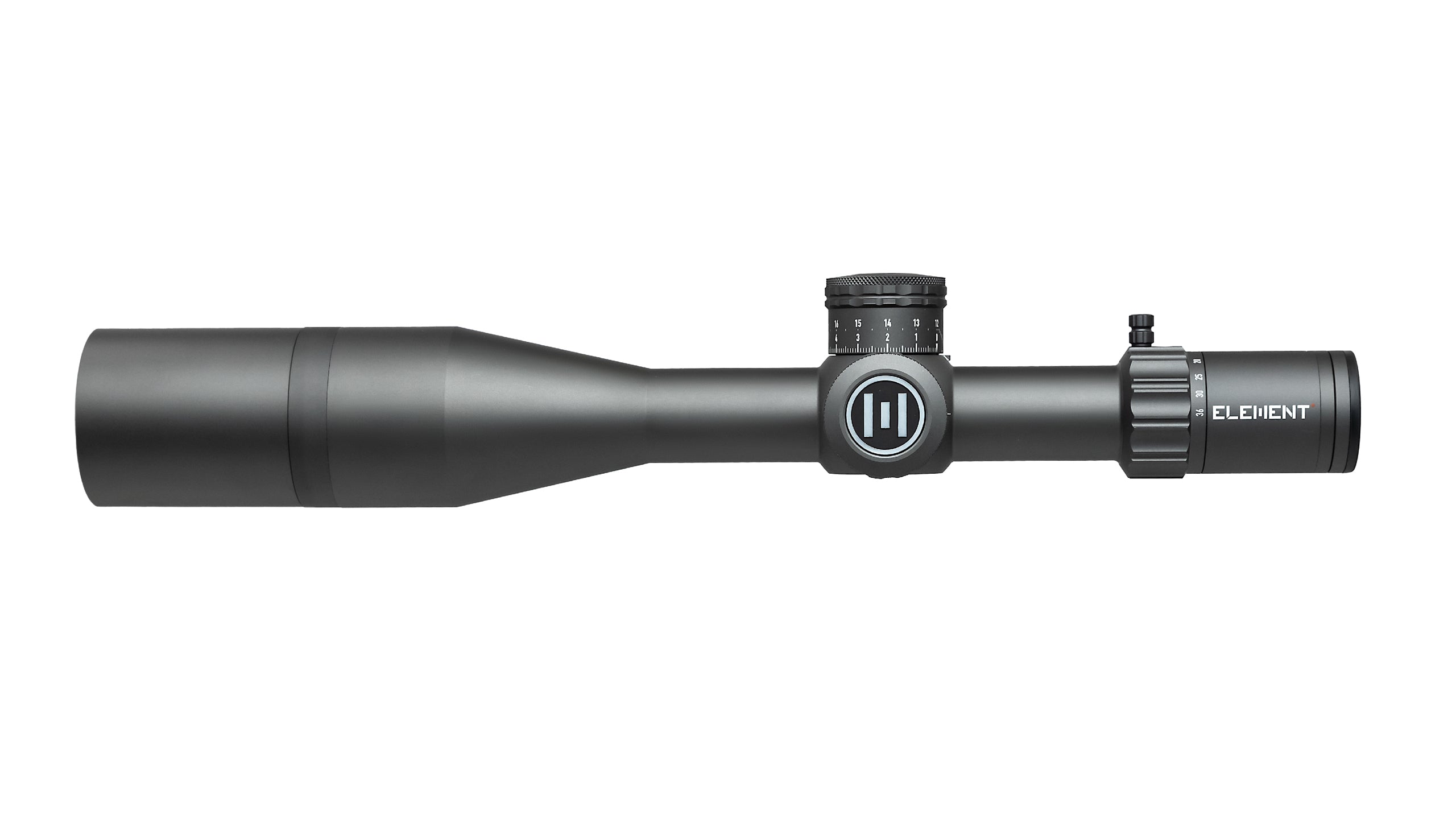Frequently Asked Questions
What is the purpose of a riflescope and how does it function?
A riflescope is an optical device designed to improve aiming accuracy by magnifying the target and aligning it with a crosshair (reticle). It consists of:
- Objective lens – Captures light and magnifies the target.
- Reticle – Provides an aiming point.
- Adjustment turrets – Control windage and elevation for accuracy.
- Eyepiece – Focuses the image for a clear sight picture.
How do MOA and MRAD adjustments differ?
Both MOA and MRAD are angular measurement systems for adjusting windage and elevation:
- MOA (Minute of Angle): 1 MOA ≈ 1 inch at 100 yards (best for shooters using inches/yards).
- MRAD (Milliradian): 1 MRAD ≈ 3.6 inches at 100 yards (more common in metric-based shooting systems).
Choose the system that aligns with your measurement preference.
What does a magnification range like 3-9×40 mean?
The numbers indicate the zoom capabilities and objective lens size:
- 3-9x: Adjustable magnification from 3x to 9x.
- 40mm: Diameter of the objective lens, which affects light transmission and field of view.
Why is an illuminated reticle beneficial?
An illuminated reticle helps in:
- Enhancing visibility in low-light conditions (dawn/dusk).
- Making it easier to acquire targets in shaded areas.
- Providing a clearer contrast against dark backgrounds.
How do I select the best reticle for my needs?
Different reticles serve various shooting styles:
- Duplex: Simple crosshair for hunting.
- Mil-Dot: Range estimation for tactical shooting.
- BDC (Bullet Drop Compensation): Helps compensate for bullet drop at longer distances.
Are riflescopes resistant to water?
Most modern riflescopes are:
- Waterproof: Sealed with O-rings to prevent moisture intrusion.
- Fog-proof: Purged with nitrogen or argon gas.
- Shockproof: Built to withstand recoil and harsh conditions.
What type of scope is best for low-light or night shooting?
For low-light performance, look for:
- A large objective lens (50mm+).
- Fully multi-coated lenses to enhance brightness.
- Illuminated reticle for better target contrast.
What sets first and second focal plane scopes apart?
The main difference lies in reticle scaling:
- FFP (First Focal Plane): Reticle scales with magnification—ideal for long-range precision shooting.
- SFP (Second Focal Plane): Reticle stays the same size—preferred for hunting and general use.
Is a bigger objective lens always a better choice?
A larger lens captures more light but has trade-offs:
- Pros: Brighter image, wider field of view.
- Cons: Adds weight, requires higher mounts.
Why is parallax adjustment important?
Parallax adjustment eliminates aiming errors caused by eye movement, ensuring the reticle remains locked onto the target.
What’s the effective shooting range with a riflescope?
Factors affecting range include:
- Magnification: 1-4x (short range), 4-12x (medium range), 12x+ (long range).
- Bullet caliber: Determines effective shooting distance.
- Skill level & conditions: Wind, elevation, and shooter experience impact accuracy.
Do riflescopes require specific mounting systems?
Yes, scope mounts must match:
- Tube diameter: 1", 30mm, or 34mm.
- Rail type: Picatinny, Weaver, or Dovetail.
Why is eye relief important in a riflescope?
Eye relief (distance from eyepiece to eye) is crucial for:
- Preventing scope-related injuries (especially for high-recoil firearms).
- Ensuring comfortable and consistent shooting.
Can the same scope be used for both hunting and target shooting?
Yes, but consider a versatile option:
- 4-16x: Balanced magnification for both applications.
- FFP reticle: Preferred for precision shooting.
- SFP reticle: Better suited for hunting.
What are the advantages of a zero-stop feature?
A zero-stop allows for quick elevation turret resets, ensuring precise and repeatable adjustments for long-range shooting.


















































































































































